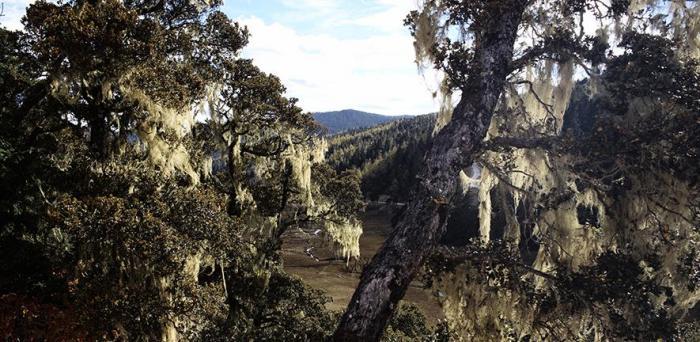A new study published in the journal Science of the Total Environment provides the first evidence of a mechanism by which climate change could have played a direct role in the emergence of SARS-CoV-2, the virus that caused the COVID-19 pandemic.
The study has revealed large-scale changes in the type of vegetation in the southern Chinese Yunnan province, and adjacent regions in Myanmar and Laos, over the last century. Climatic changes including increases in temperature, sunlight, and atmospheric carbon dioxide - which affect the growth of plants and trees - have changed natural habitats from tropical shrubland to tropical savannah and deciduous woodland. This created a suitable environment for many bat species that predominantly live in forests.
The number of coronaviruses in an area is closely linked to the number of different bat species present. The study found that an additional 40 bat species have moved into the southern Chinese Yunnan province in the past century, harbouring around 100 more types of bat-borne coronavirus. This ‘global hotspot’ is the region where genetic data suggests SARS-CoV-2 may have arisen.
“Climate change over the last century has made the habitat in the southern Chinese Yunnan province suitable for more bat species,” said Dr Robert Beyer, a researcher in the University of Cambridge’s Department of Zoology and first author of the study, who has recently taken up a European research fellowship at the Potsdam Institute for Climate Impact Research, Germany.
He added: “Understanding how the global distribution of bat species has shifted as a result of climate change may be an important step in reconstructing the origin of the COVID-19 outbreak.”
Image: Forest landscape in Yunnan province of China
Credit: Shi bai Xiao/ Greenpeace
Reproduced courtesy of the University of Cambridge
